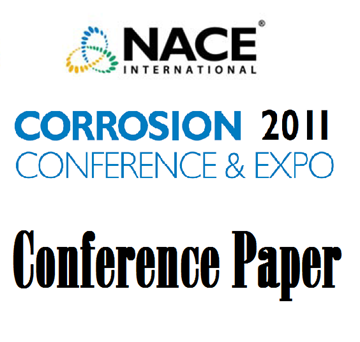Search
97358 PEEL IN FRP
Also Purchased
97356 STRESS CORROSION OF FIBERGLASS-REINFORCED (FRP) COMPOSITES
Product Number:
51300-97356-SG
ISBN:
97356 1997 CP
$20.00
97351 FRP EQUIPMENT: DO YOU KNOW WHAT YOU ARE BUYING?
Product Number:
51300-97351-SG
ISBN:
97351 1997 CP
$20.00
11369 Designing FRP Process Piping with IS 14692
Product Number:
51300-11369-SG
ISBN:
2011 11369 CP
Publication Date:
2011
$20.00
Recently viewed




